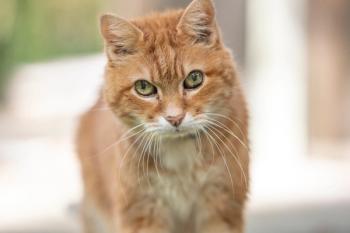
End tidal CO2 and pulse oximetry - They save lives (Proceedings)
Pulse oximeters are relatively inexpensive and provide continuous information about pulse rate and hemoglobin saturation. Pulse oximetry has limitations that need to be understood by the anesthetist.
Pulse oximetry
Pulse oximeters are relatively inexpensive and provide continuous information about pulse rate and hemoglobin saturation. Pulse oximetry has limitations that need to be understood by the anesthetist. The monitor does not tell you about respiratory depression until respiratory function has deteriorated to the point hemoglobin desaturates. This occurs very near lethal respiratory failure when inspiring high concentrations of oxygen and may be accompanied by apnea. End-tidal CO2 increases very early and therefore is a much more useful indicator of respiratory function. Additionally, pulse oximeters are affected by motion and can be impaired by pigment. This leads to a relatively high rate of false alarms.
Pulse oximeters are extremely useful for monitoring patients at risk of hypoxia. These include animals with respiratory disease, anemia, PDA, and pneumo- or hydrothorax. Additionally, pulse oximeters can be very good at detecting hypoxemia associated with lowered inspired oxygen concentrations (as occurs when disconnecting animals from the anesthetic machine).
End-tidal CO2
Capnometry is the numerical display of the end-tidal carbon dioxide partial pressure. Capnography is numerical and graphical display of the same information. Capnography can provide more information about airway and machine function, but also costs more. End-tidal CO2 partial pressure will generally be 5-10 mmHg below arterial PCO2 as measured with a blood gas (except with some lung pathologies and open thoracic procedures). This allows non-invasive measurement of the ability of the respiratory system to excrete carbon dioxide (usually indicative of respiratory function). Most anesthetics are respiratory depressants and end-tidal CO2 allows early detection of respiratory impairment so appropriate intervention can occur (e.g., decreasing anesthetic dose or controlled ventilation) before the problem becomes significant.
Newsletter
From exam room tips to practice management insights, get trusted veterinary news delivered straight to your inbox—subscribe to dvm360.




